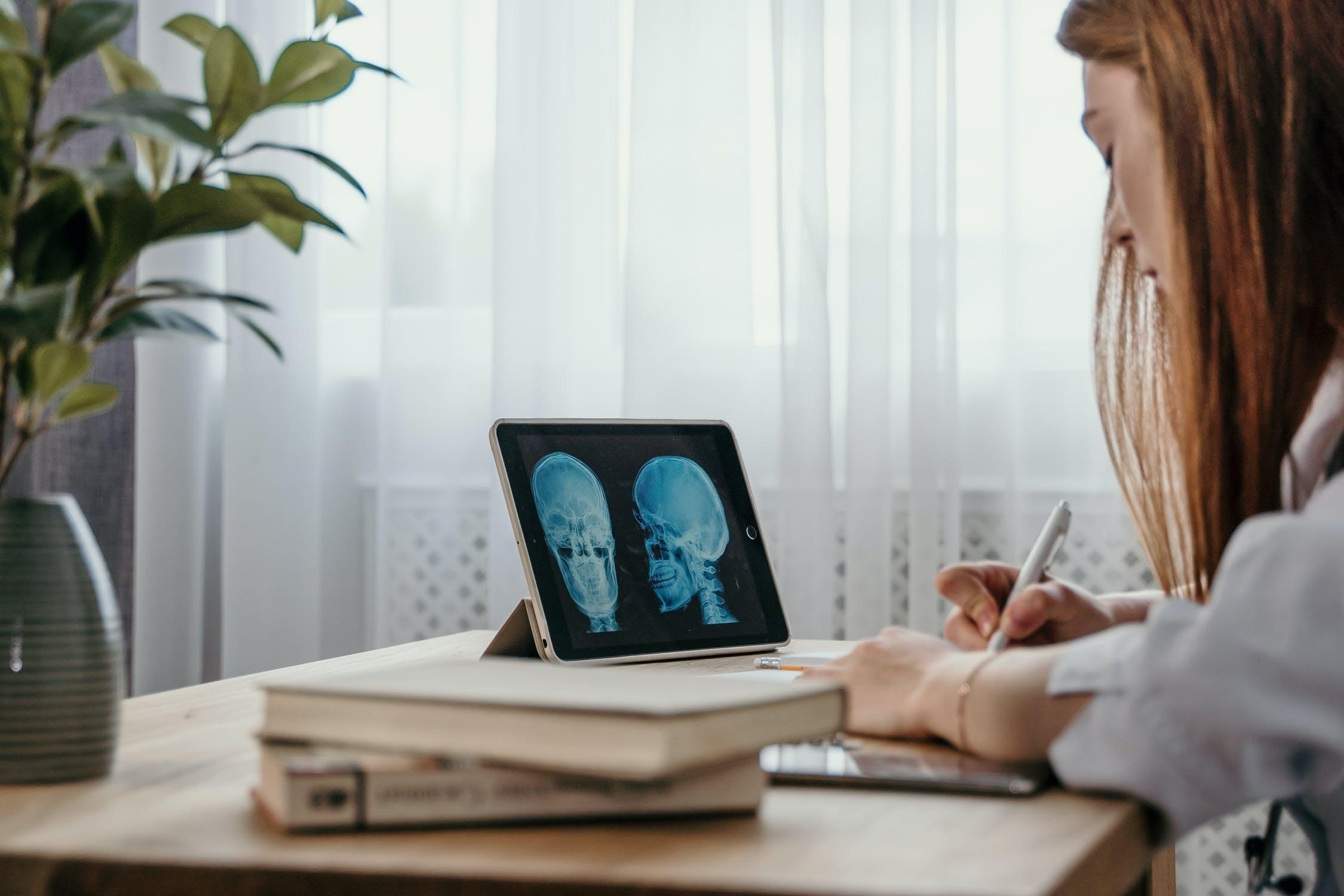
By Adrian Johansen, freelance writer; @AdrianJohanse18.
Information systems play key roles in healthcare data collection and management. And healthcare providers are increasingly using these systems to connect patient care plans like never before.
For healthcare professionals, a clear understanding of information systems is paramount. Healthcare professionals must understand how to use these systems for patient care plans. That way, these professionals can leverage patient data and insights to deliver exceptional care.
The True Value of Information Systems for Healthcare
Healthcare information systems simplify patient data collection and management. Every day, healthcare professionals generate massive volumes of patient data. Meanwhile, tracking and organizing this information can be challenging for several reasons.
First, healthcare organizations may use disparate systems to store patient data. The systems may provide limited access to this information. They may make it virtually impossible for healthcare professionals to seamlessly retrieve and review patient data at a moment’s notice, too.
Along with using disparate data storage systems, security and compliance issues are present. Healthcare organizations must secure patient data and ensure only authorized personnel can access their information storage systems. At the same time, they must comply with the HIPAA Security Rule. If healthcare organizations fail to do so, they risk exposing patient data to cybercriminals. They can also face compliance penalties.
Information systems represent the future of information technology in healthcare since they address a wide range of data collection and management issues. When used correctly, information systems ensure healthcare professionals can securely and seamlessly access patient data as needed.
Continue Reading
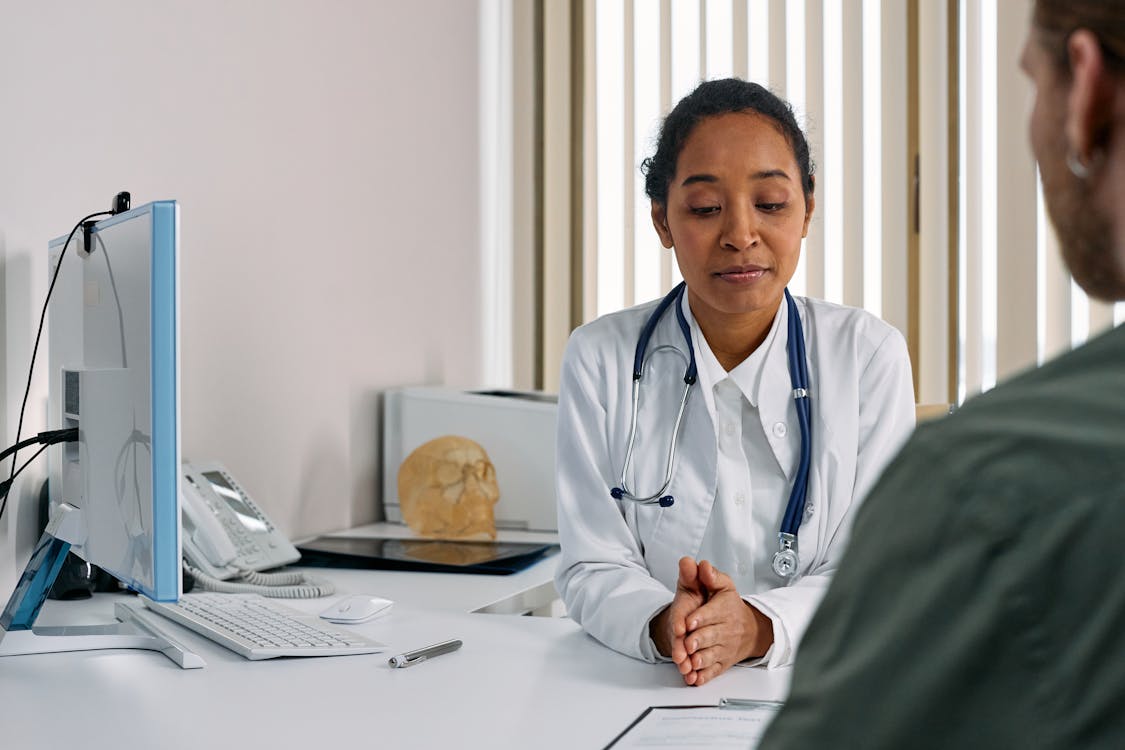
By Adrian Johansen, freelance writer; @AdrianJohanse18.
Healthcare technology is transforming what care looks like. In the course of developing new health solutions, however, sustainability often gets pushed to the sidelines. Technologies of the future will determine our relationship with health and with the planet itself, but to strike a healthy balance, we must first explore the often complicated relationship between healthcare technology and sustainability.
Sustainability and technology intertwine more than you might recognize. By evaluating the good, the successes, and failures of this relationship, we can begin to build better care outcomes for both healthcare patients and the livability of our climate. Here’s what you should know.
Successes in Healthcare Sustainability
Let’s start with the good, which there is plenty of in the healthcare industry despite widespread sustainability issues. Sustainability in healthcare is being defined by the efforts of medical professionals as they seek to innovate new green practices through healthcare technology. One of the most instrumental of these sustainability tools has been the pivot to paperless business practices through Electronic Medical Records (EMRs).
EMRs comprise medical systems and databases that store patient information. As a result, patients no longer have to keep their important records in paper form at home and care facilities get the benefit of reducing their supply overhead as well as their consumption of resources. But healthcare sustainability goes far beyond the paperless process.
EMRs have also been instrumental in developing telehealth medical services. These have been vital throughout the COVID-19 pandemic, as telehealth allows patients to visit with a medical professional over a smart device and thereby mitigate the risks associated with traveling to a doctor’s office. Telehealth also means reduced resources, carbon emissions, and costs for patients and providers alike. The result is a more sustainable marketplace for health services.
Continue Reading
 By Adrian Johansen, freelance writer; @AdrianJohanse18.
By Adrian Johansen, freelance writer; @AdrianJohanse18.
Hospital workers are burnt out. The physician shortage in the U.S. is growing increasingly dire, and COVID-19 variants are filling up intensive care units from coast to coast.
In late August, U.S. Army veteran Daniel Wilkinson made news, dying of a treatable illness outside of Houston, simply because no hospital beds were available. Parts of the country, like Louisiana, are finding themselves unable to provide ambulance services and other essential hospital functions due to case surges.
It’s times like these when our front-line workers jump into action, risking it all to manage high patient influx while delivering the highest quality care possible. As an HR worker, there are ways you can also help support your hospital staff, both professionally and personally.
Communicate to Fill Roles Efficiently and Effectively
“One-third of the physicians now working in the U.S. are expected to reach retirement age in the next decade,” and besides that, the aging American population is requiring increasing care for a growing number of chronic illnesses and ailments. The physician shortage in the U.S. isn’t going anywhere, especially in light of COVID-19 variant surges.
That means HR workers are working overtime to fill in the gaps. When physicians fall ill or are otherwise unable to work, fill-ins are also in order. Communicating with your hospital staff can help you better understand their needs. Perhaps they need a nurse who specializes in critical care, or maybe a doctor with experience in infectious diseases. Increasing the number of nurse practitioners hired may also help to fill the gap left by retiring physicians.
Quitting rates are higher than ever before, and one way to deal with the talent shortage is to liberate your talent strategy. Maintaining a database of pre-vetted, qualified applicants can help streamline the hiring process, which could otherwise take weeks or months. Recruiting culture is fast changing to allow for faster hiring and more efficient communication.
Continue Reading

By Adrian Johansen, freelance writer; @AdrianJohanse18.
COVID-19 has brought a great deal of change to how we live our lives. The need to maintain safe-distance protocols has seen many industries shift to remote operations wherever possible. In healthcare spaces, this has been a significant challenge. We have been forced to adapt to achieve the delicate balance between ensuring patients get the care they need, and reducing the risk of exposure.
This is where telehealth has really come into its own. While the numbers are still up in the air, one recent study found that insurance claims for telehealth services increased 2,938% between November 2019 and November 2020. Patients and professionals alike have in some ways been forced past their personal and technological roadblocks, discovering the many benefits that utilizing care services remotely can offer. Indeed, as we start to see some light at the end of the dark tunnel that has engulfed our society over the last year or so, telehealth has become a more permanent feature of our healthcare landscape.
This raises some interesting questions and some important issues about the near future of telehealth. We’re going to take a look at what we are likely to see as we emerge from the pandemic. What tools and practices could make a difference? What problems do we still need to solve?
Improving Safety
Remote appointments are already starting to make our lives safer. Particularly for those in rural communities who may not have immediate access to doctors, telehealth means that medical professionals can visually assess conditions and give advice. However, as we move toward the future there needs to be an emphasis on how medical professionals can treat a wider range of conditions, preventing patients from taking the unnecessary risk of exacerbating their conditions by traveling to doctors’ offices.
Part of this involves producing an infrastructure with various providers that supports collaboration. Facilities must build relationships that allow them to assess a patient remotely, then hand off to a specialist, traveling nursing staff, or pharmacist who can visit patients to undertake further care. Alongside these relationships, it’s important to build, and frequently assess, robust protocols that ensure that these collaborations are undertaken efficiently and safely, without any points at which patient welfare slips through the net.
Continue Reading
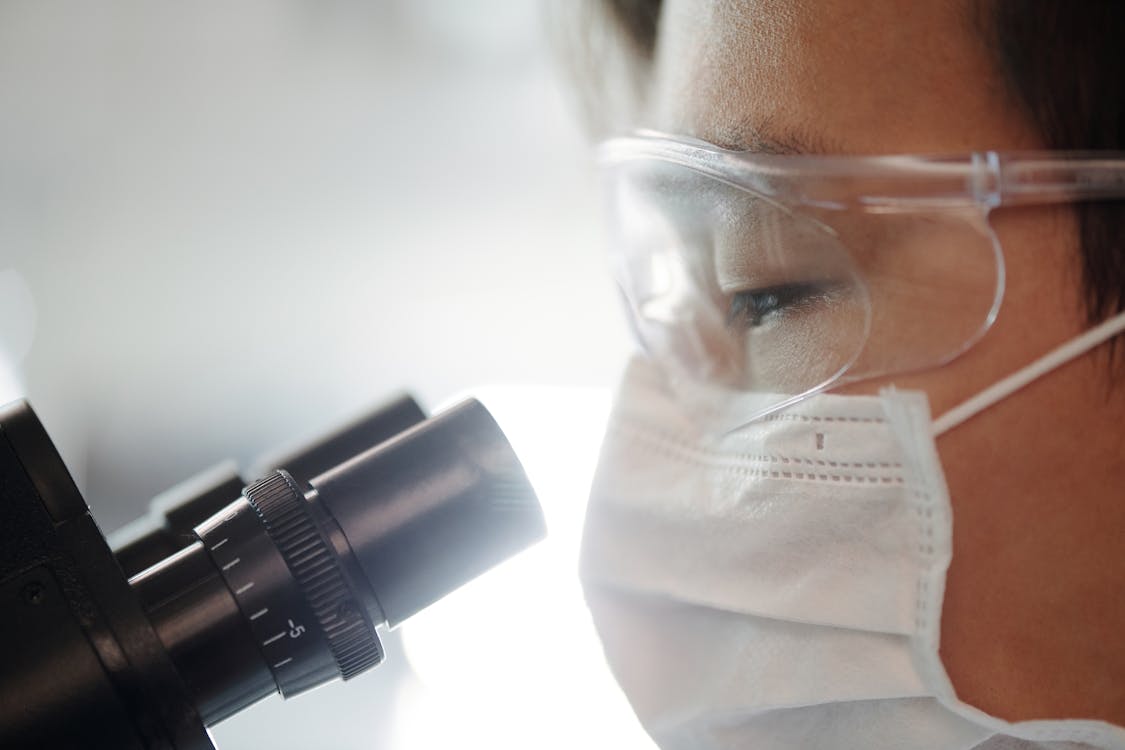
By Adrian Johansen, freelance writer; @AdrianJohanse18.
Medical debt is one of the many painful and confusing problems of the modern U.S. healthcare system. While care solutions develop and improve, costs only seem to go up along with the confusion faced by many patients. But can new preventative health technologies offer a reprieve from these high costs and corresponding debt?
As millions of Americans struggle with bills, especially in the wake of the pandemic, technology is here to help. Remote healthcare and cloud data innovations are creating a variety of solutions from the safety of home — even the U.S medical debt crisis.
The Unfortunate Reality of Medical Debt
Before the pandemic even struck, 137 million Americans were struggling with medical debt. Individuals and families alike find it all but impossible to meet their financial obligations to the healthcare industry and the result is negative for both patients and providers. With nearly half the total U.S. population facing medical payment difficulties, the question must be asked how we got here and what we can do about it.
Continue Reading
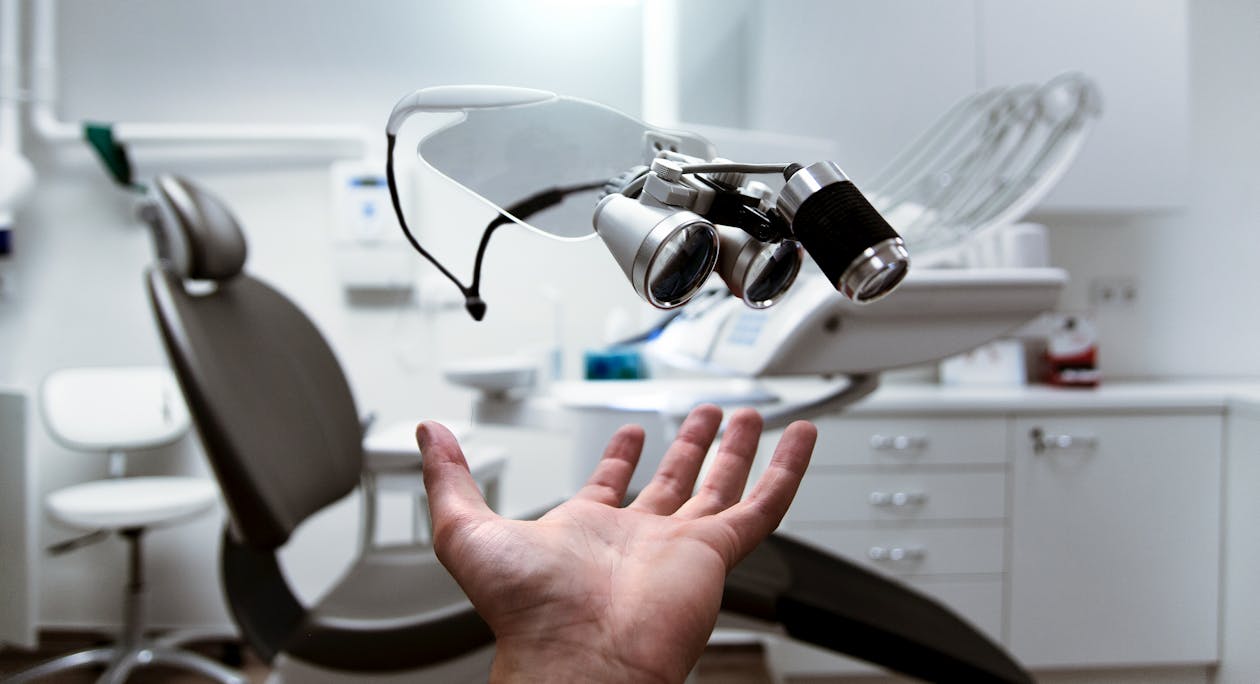
By Adrian Johansen, freelance writer; @AdrianJohanse18.
“We believe consumer health technologies — apps, wearables, self-diagnosis tools — have the potential to strengthen the patient-physician connection and improve health outcomes,” said Dr. Glen Stream, Chairman of Family Medicine for America’s Health. It is this sentiment that will perhaps shape tech adoption in healthcare through 2021 and beyond, the keywords being accessibility and connectivity.
As the world reels from the effects of the COVID-19 pandemic, we look to medical advances that will shape the future of healthcare. Emergent healthcare tech must connect a socially-distanced world to offer greater healthcare solutions for a greater portion of the population. Through cloud data and artificial intelligence, these solutions are increasingly possible.
Consumer-focused, accessible technologies are transforming the healthcare industry, with impacts likely to be felt as we move into 2021. COVID-19 quickened this transformation, and now healthcare professionals and patients alike look to benefit from the connective devices and technologies of the future.
Entering the Matrix through Digital Healthcare
A few years ago it might have seemed absurd to entertain the notion of increasingly virtual healthcare. The coronavirus changed that. Now, state and local governments are breaking down barriers to allow for novel, digital treatment plans that can take place over a smartphone video call. This has been a groundbreaking shift in terms of healthcare accessibility.
Telehealth innovations are emerging that offer everything from cardiology to infectious disease treatments all through virtual platforms. Care providers are even cutting costs through tele-paramedicine, which allows emergency patients to speak with specialists before they even make it on an ambulance. In turn, unnecessary transportation can be avoided for cost savings for patients and providers alike.
Throughout 2021, we will likely see vertical growth of telemedicine as more and better data analytics, paired with smart software, build a matrix for remote healthcare possibilities.
Alexa, Track My Medical Records
The digitization of healthcare is trending into smart home systems. These hubs of living room convenience are making waves in at-home healthcare, offering care coordination for chronic disease management. In the landscape of COVID-19 concerns, such innovations offer the kind of safety and accessibility needed for vulnerable patients.
Programs designed with Amazon’s Alexa in mind have made possible the tracking of diabetic information, blood pressure, medication compliance, and more for the benefit of at-home users. The online nature of these devices offers physicians the ability to experience real-time metric tracking alongside wearables to better monitor patient health.
Meanwhile, the improvements made in voice recognition through smart home devices have streamlined everything from the ability for users to get quick insurance quotes to assisting medical coders in medical transcription practices.
With the need for safe, at-home care, smart home systems and voice recognition tech will be a stable of healthcare solutions for the future.
Continue Reading

By Adrian Johansen, freelance writer; @AdrianJohanse18.
In the age of COVID-19, the role of technology in supporting senior care has perhaps never been more important or apparent. Telemedicine is increasingly proving its power to ensure continuity and quality of care from the safety and security of the patients’ home.
But today’s technology is about far more than just protecting seniors and the vulnerable from potential exposure to the virus. Now, more than ever, technologies are being developed to optimize patient care and to support seniors who wish to age in place, living out their golden years independently at home.
As promising as these technologies may be, however, it’s not all roses and champagne. The reality is technology is developing so quickly that it can be hard to keep up, particularly from a moral and ethical perspective. We’re only just beginning to understand the implications of this tech invasion. It might prove to be a tremendous help but also a tremendous harm for some seniors.
Before we jump too quickly on the technology bandwagon when it comes to senior care, there are some ethical considerations we need to keep in mind.
Why It Matters
The simple fact is that today’s technologies are making it easier than ever for seniors to remain in their own homes without putting their health and safety at risk. Thanks to an array of new smart technologies, caregivers can remotely monitor their loved ones from secure portals that can be accessed on most any mobile device.
The devices allow caregivers to monitor the physical activity in the home through motion detectors, including the ability to identify potentially significant changes in activity patterns. Wearables can even remotely track users’ vital data, such as heart rate, blood pressure, blood glucose, or sleep quality. Best of all, caregivers are able to receive immediate alerts when monitors detect an emergency, such as a fall or a medical issue.
Not only that, but caregivers can also use smart systems to emulate the kind of continuous care seniors would traditionally receive at an assisted living facility. They can monitor and remotely control the home’s temperatures, for example.
And, for seniors who are experiencing cognitive decline, caregivers can set up medication reminders — with the medication’s name and proper dosage — on their loved one’s smartphone, tablet, or PC. Since memory-related medication non-compliance is a particularly common, and particularly dangerous, health challenge for seniors, this may well be the key to your loved one’s health and longevity.
Continue Reading
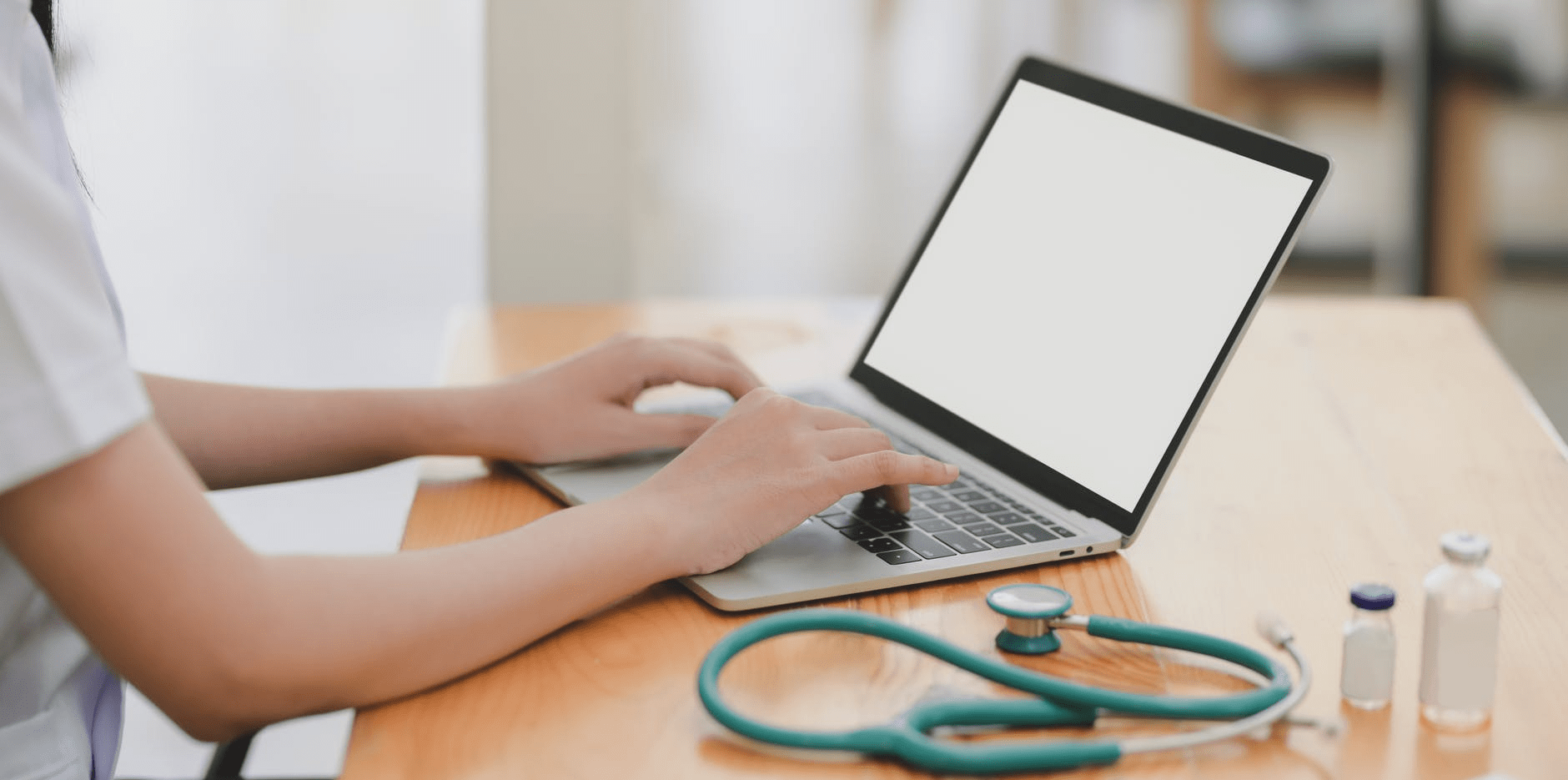 By Adrian Johansen, freelance writer; @AdrianJohanse18.
By Adrian Johansen, freelance writer; @AdrianJohanse18.
COVID-19 has changed the medical world. As the amount of cases continues to rise with more hospitalizations and deaths than ever before, the medical community is scrambling to keep up. How can we protect the health and welfare of our chronically ill patients without putting them at risk for the disease? What about the real possibility of putting ourselves at risk? And then we have to consider mental health patients, who depend on their counselors and group meetings to cope.
Luckily, technology has come to the rescue for many. With the use of telehealth, high tech wearables, and the many applications that patients can now download on their smartphones, we are not completely vulnerable. We just need to think outside-the-box, so to speak. We can provide patients the care that they need and deserve without putting ourselves at undue risk. It’s just going to look way different than the traditional ways we are used to.
This article takes a look at these “high tech” ways of keeping in touch with patients and monitoring their conditions without exposing them or ourselves to COVID-19 or any other highly infectious diseases for that matter.
Continue Reading


 By Adrian Johansen, freelance writer;
By Adrian Johansen, freelance writer; 



 By Adrian Johansen, freelance writer;
By Adrian Johansen, freelance writer;